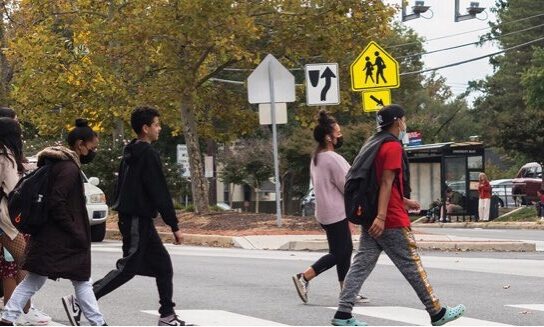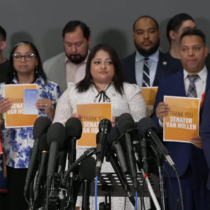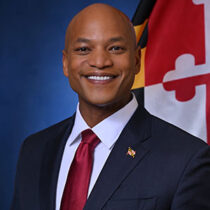
The Montgomery County Council reviewed student walking and biking infrastructure during a committee work session Thursday.
Representatives from the Montgomery County Police Department, Planning Office and Department of Transportation discussed their contributions to the Safe Routes to School Program — a national plan aiming to improve pedestrian infrastructure and promote safety through educational programs.
Although 20,000 — or 12% — of students walk to school, many don’t feel comfortable along pathways or at crosswalks, Council President Andrew Friedson said.
Hours before the meeting, a 12-year-old was hospitalized after being hit by a car on his way to Baker Middle School. The incident is indicative of a lack of safe infrastructure for students, Friedson said.
“Our kids who are walking to school do not feel safe doing so,” Friedson said. “This entire conversation is how we get kids safely to and from school. It is one of the most important things that we can do.”
Only 27% of high schoolers reported feeling comfortable along pathways and just 13% expressed comfort at crosswalks, according to the 2023 Travel Monitoring Report conducted by the Montgomery County Planning Department.
To align with industry standards, schools must have one bike rack per 20 seated student capacity. Current MCPS bike facilities provide only 6% of the suggested capacity, the report said.
Prioritization of sidewalk construction is determined by a number of factors, according to Michael Paylor, Chief of Traffic Engineering and Operations Division at the Department of Transportation. The group looks at whether schools are located in equity emphasis areas, the surrounding roads, the demand and level of exposure to risk for students, he said.
Jawando said in the future, lead agencies should collaborate to create a formal priority list of infrastructure needs to improve student safety.
“We have worked really hard over the past couple of years to come to an agreement on a shared language for what those priorities are,” said David Anspacher, acting division chief at Montgomery Planning.
A crosswalk with a signalized traffic light costs about a million dollars, according to MCPS Associate Superintendent Seth Adams.
While these funds are steep, they are necessary, and improving safety requires a county-wide effort rather than individual projects, he said.
“The funding that’s needed for these improvements is significant and it truly does need to be prioritized,” Adams said. “We need to get to a point where [sidewalks are] a non-negotiable.”


Comments are closed.